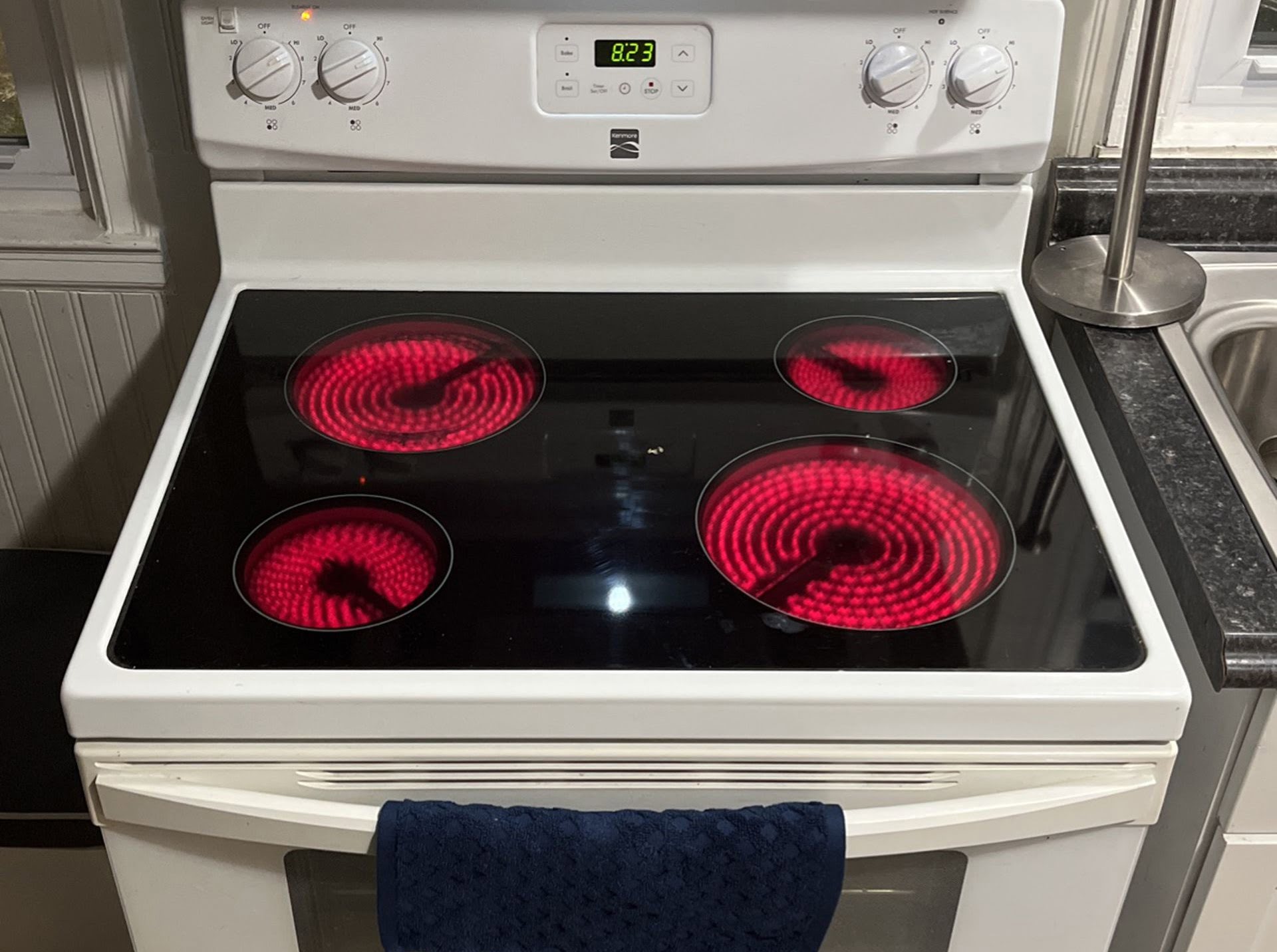

Articles
Why Do Flat Top Stove Burners Flash
Modified: October 27, 2024
Learn about the reasons behind the flashing of flat top stove burners in this informative article. Discover useful tips and tricks to prevent and troubleshoot the issue.
(Many of the links in this article redirect to a specific reviewed product. Your purchase of these products through affiliate links helps to generate commission for Storables.com, at no extra cost. Learn more)
Introduction
Welcome to the world of flat top stoves! These sleek and modern kitchen appliances have become increasingly popular in recent years, offering a smooth cooking surface that is both stylish and functional. However, like any other cooking equipment, flat top stoves can encounter issues from time to time that may require troubleshooting.
One common problem that flat top stove owners may encounter is the flashing of burners. Have you ever noticed your stove burners flickering or flashing when you turn them on? If so, you’re not alone. This phenomenon can be both puzzling and concerning, but understanding the causes and potential solutions can help you resolve the issue and get your stove back to its optimal performance.
In this article, we will delve into the world of flat top stove burners and demystify the flashing phenomenon. We will explore the common causes behind burner flashing and provide you with troubleshooting tips and solutions to rectify the issue.
So, buckle up and let’s explore why flat top stove burners flash, so you can cook your favorite meals without any interruptions!
Key Takeaways:
- Troubleshoot burner flashing on flat top stoves by checking gas supply, cleaning burners, and adjusting flames. Prioritize safety and seek professional help when needed for optimal stove performance.
- Regular maintenance and addressing gas-related issues can eliminate burner flashing, ensuring a safe and reliable cooking experience on flat top stoves.
Read more: How To Clean Flat Stove Burners
Understanding Flat Top Stoves
Before we dive into the specifics of why flat top stove burners flash, let’s first establish a clear understanding of what flat top stoves are and how they function. Flat top stoves, also known as smooth top or glass top stoves, are electric stoves that feature a seamless and flat cooking surface.
Unlike traditional coil or gas burners, flat top stoves have a sleek glass surface that provides a seamless cooking area. This design not only offers a modern and stylish appearance but also makes cleaning a breeze. With no bulky burner grates or drip pans to worry about, flat top stoves are easy to wipe clean and maintain.
Flat top stoves typically have radiant electric burners located below the glass surface. These burners generate heat through electric coils or halogen elements and transfer the heat to the cookware placed on top of the stove. The heat is evenly distributed across the flat surface, allowing for consistent cooking results.
One of the main advantages of flat top stoves is their responsiveness. Unlike gas stoves that require time to ignite and reach the desired temperature, flat top stoves offer instant heat. With a simple turn of the dial or touch of a button, you can adjust the temperature to your liking and start cooking right away.
However, it’s important to note that flat top stoves require a different set of care and maintenance compared to other types of stoves. The glass surface can be susceptible to scratches and damage from heavy cookware or abrasive cleaning materials. It’s essential to use cookware with smooth, flat bottoms and to avoid sliding or dragging pots and pans across the surface.
Now that we have a better understanding of flat top stoves, let’s explore the phenomenon of flashing burners and uncover the reasons behind it.
What Are Flashing Burners?
Flashing burners refer to the phenomenon where the burners on a flat top stove flicker, flicker, or flash when they are turned on. Instead of providing a steady and consistent flame or radiant heat, the burners may appear unstable or irregular in their output. This can be visually distracting and may raise concerns about the functionality and safety of the stove.
While flashing burners can be alarming, it’s important to understand that they are usually indicative of underlying issues rather than a normal operating behavior. The flashing can occur in one or multiple burners and can manifest in different ways, such as erratic bursts of flame, flickering of the heating element, or an inconsistent glow of the radiant surface.
Flashing burners can affect the cooking experience by causing uneven heat distribution, longer cooking times, or difficulty in controlling the temperature accurately. Therefore, addressing the root causes of flashing burners is crucial to ensure optimal stove performance and enjoyable cooking sessions.
Now that we have a clear understanding of what flashing burners are, let’s delve into the common causes behind this phenomenon and explore the potential solutions to resolve it.
Common Causes of Burner Flashing
When it comes to flashing burners on a flat top stove, there can be several underlying causes. It’s important to identify the root cause to effectively troubleshoot and resolve the issue. Here are some common factors that can contribute to burner flashing:
- Inadequate Gas Supply: Insufficient gas flow can result in unstable burner flames, leading to flashing. This can be caused by low gas pressure or a partially closed gas valve.
- Clogged Burners: Over time, food particles, grease, or other debris can accumulate on the burners, obstructing the proper flow of gas. This can disrupt the flame and cause it to flicker or flash.
- Dirty Igniters: The igniters, responsible for sparking the gas and producing the flame, can become dirty or covered in grime, hindering their ability to ignite the gas. This can lead to inconsistent flames and flashing.
- Faulty Gas Regulator: The gas regulator controls the flow of gas from the supply line to the burners. If the regulator is faulty or malfunctioning, it can result in erratic gas flow, causing the burners to flash.
- Improper Flame Adjustment: If the flame on the burners is not adjusted correctly, it can result in unstable or irregular flames, leading to flashing. This can occur if the burners are not properly calibrated or if adjustments have been made without proper knowledge.
- Malfunctioning Safety Valve: The safety valve on the stove acts as a safety measure to shut off the gas supply in case of an emergency or excessive heat. If the safety valve malfunctions, it can disrupt the gas flow and cause the burners to flash.
By understanding these common causes, you can now begin troubleshooting and implementing the necessary solutions to resolve the flashing burners on your flat top stove. In the next section, we will explore the troubleshooting steps and potential solutions for each of these causes.
Inadequate Gas Supply
One of the possible causes of burner flashing on a flat top stove is an inadequate gas supply. Insufficient gas flow can result in unstable and inconsistent flames, leading to flickering or flashing burners. This issue may arise due to various reasons:
Low Gas Pressure: If the gas pressure from the main supply line is low, it can affect the performance of the burners. This can be caused by issues with the gas line or a problem with the gas regulator. A low gas pressure can result in weak flames or cause the flames to flicker, leading to burner flashing.
Partially Closed Gas Valve: Sometimes, the gas valve connected to the stove may not be fully open, limiting the flow of gas. This can occur if the valve was accidentally turned partially closed or if there’s a problem with the valve itself. A partially closed gas valve can restrict the gas supply to the burners, causing unstable flames and flashing.
To resolve the issue of inadequate gas supply and prevent burner flashing, follow these troubleshooting steps:
- Check Gas Pressure: Contact a professional gas technician to measure the gas pressure from the main supply line to ensure it is within the recommended range. If the pressure is low, they can diagnose the reason behind it and make the necessary adjustments or repairs.
- Inspect Gas Regulator: If the gas regulator is suspected to be faulty, it may need to be inspected and repaired or replaced by a qualified technician. The gas regulator is responsible for controlling the gas flow to the stove, so any issues with it can impact the burner performance.
- Ensure Gas Valve is Fully Open: Check that the gas valve connected to the stove is fully open. Turn it counterclockwise until it stops to ensure maximum gas flow. If the valve is damaged or not functioning correctly, it may need to be replaced.
By addressing any issues related to the gas supply, you can ensure a steady and consistent flow of gas to the burners, preventing burner flashing and enabling smooth and efficient cooking on your flat top stove.
Read more: Why Do Stove Burners Turn Red
Clogged Burners
Another common cause of burner flashing on a flat top stove is clogged burners. Over time, food particles, grease, and other debris can accumulate on the burners, obstructing the proper flow of gas. This can disrupt the flame and cause it to flicker or flash. If you notice inconsistent flames or burner flashing, clogged burners may be the culprit.
To resolve the issue of clogged burners and prevent flashing, follow these steps:
- Turn Off and Cool Down the Stove: Before attempting any cleaning, ensure that the stove is turned off and has had sufficient time to cool down. Safety should always be the top priority.
- Remove the Burner Grates and Burner Caps: Carefully lift off the burner grates and remove the burner caps from each burner. Most flat top stoves have removable burner grates and burner caps for easy access to the burners.
- Clean the Burner Grates and Caps: Using a soft brush or sponge, clean the burner grates and caps in warm, soapy water. Remove any grease, food debris, or other residue. Rinse them thoroughly and dry them completely before placing them back on the stove.
- Clean the Burner Openings: Take a narrow and soft brush, such as a toothbrush, and gently scrub the openings of the burners. This will help remove any accumulated debris or blockages that may be affecting the gas flow.
- Use a Wire or Needle for Stubborn Clogs: If there are stubborn clogs in the burner openings, you can carefully use a thin wire or a needle to dislodge the debris. Be gentle and cautious to avoid damaging the burners. Avoid using harsh or abrasive materials that can scratch the surface.
- Reassemble the Burner Caps and Grates: Once the burners and their components are clean and dry, carefully reassemble them, ensuring they are properly aligned and seated on the stove.
Regular cleaning and maintenance of the burners can help prevent clogs and maintain optimal performance. By removing accumulated debris and ensuring clear burner openings, you can restore proper gas flow and eliminate the issue of flashing burners on your flat top stove.
Dirty Igniters
Dirty igniters are another potential cause of burner flashing on a flat top stove. The igniters are responsible for sparking the gas and producing the flame. If they become dirty or covered in grime, their ability to ignite the gas can be hindered, resulting in inconsistent flames and flashing burners.
To address the issue of dirty igniters and prevent burner flashing, follow these steps:
- Turn Off the Stove and Allow it to Cool: Before cleaning the igniters, make sure the stove is turned off and has cooled down to a safe temperature.
- Locate the Igniters: Identify the location of the igniters on your flat top stove. They are typically small metal components located near the burners. Refer to your stove’s user manual if you’re unsure about their exact placement.
- Clean the Igniters: Use a soft brush, such as a toothbrush, to gently remove any dirt, debris, or grease from the igniters. If necessary, you can also dampen the brush with a mild cleanser or rubbing alcohol to aid in the cleaning process. Be careful not to apply excessive force that could damage the igniters.
- Ensure Proper Alignment: After cleaning, check that the igniters are properly aligned with the burners. They should be positioned close enough to ignite the gas but not so close that they touch the burners. Adjust them if needed to ensure proper alignment.
- Test the Ignition: With the igniters cleaned and aligned, turn on the stove and test the ignitions. Each burner should ignite smoothly and produce a steady flame without any flashing. If the problem persists, further troubleshooting may be required.
Regularly cleaning the igniters can help maintain their performance and prevent issues like flashing burners. By removing dirt and ensuring proper alignment, the igniters can effectively spark the gas, resulting in consistent and stable flames on your flat top stove.
Faulty Gas Regulator
A faulty gas regulator can be a potential cause of burner flashing on a flat top stove. The gas regulator is responsible for controlling the flow of gas from the supply line to the burners. If the regulator is faulty or malfunctioning, it can disrupt the gas flow and result in erratic flames, leading to burner flashing.
To address the issue of a faulty gas regulator and prevent burner flashing, follow these steps:
- Turn Off the Gas Supply to the Stove: Locate the gas shut-off valve near the stove and turn it off to cut off the gas supply. This ensures safety while working on the gas regulator.
- Consult a Certified Technician: It’s recommended to contact a certified technician or a professional gas service provider to address issues with the gas regulator. Gas-related repairs should be handled by trained professionals to ensure safety and compliance with regulations.
- Diagnosis and Repair: The technician will examine the gas regulator to determine if it is faulty or not functioning correctly. They may perform tests and inspections to identify the root cause of the problem. If the gas regulator is found to be faulty, they will repair or replace it as necessary.
- Regular Maintenance: Once the gas regulator is repaired or replaced, it’s important to schedule regular maintenance to ensure its ongoing functionality. Proper maintenance can help detect any potential issues early and prevent future problems.
Dealing with gas regulators requires expertise and adherence to safety guidelines. It is crucial to leave this task to professionals who have the knowledge and experience to handle gas-related repairs and ensure your flat top stove operates safely and reliably.
Improper Flame Adjustment
Improper flame adjustment is another potential cause of burner flashing on a flat top stove. If the flame on the burners is not correctly adjusted, it can result in unstable or irregular flames, leading to flashing. This can occur if the burners are not properly calibrated or if adjustments have been made without proper knowledge.
To address the issue of improper flame adjustment and prevent burner flashing, follow these steps:
- Turn Off the Stove and Allow it to Cool: Ensure the stove is turned off and has cooled down before attempting any adjustments. Safety should always be prioritized.
- Consult the Stove’s User Manual: Refer to the user manual for your flat top stove to understand the manufacturer’s recommendations and instructions for flame adjustment. The manual will provide specific information on how to calibrate and adjust the flames properly.
- Locate the Flame Adjustment Controls: Identify the flame adjustment controls on your stove. These are typically located near the burners and can be adjusted using a screwdriver or a specialized tool.
- Make Small Adjustments: Use the flame adjustment controls to make small adjustments to the burner flames. Turn the controls in small increments and observe the flame. Ideally, the flame should be steady, blue, and well-distributed. Avoid making drastic adjustments, as this can lead to further issues.
- Observe the Flames: After making an adjustment, observe the flames to see if they are stable and consistent. Check for any signs of flashing or irregularities in the flames. If necessary, continue making small adjustments until the desired flame is achieved.
- Test the Burners: Turn on the burners and test their performance after adjusting the flame. Each burner should produce a steady flame without any flashing or instability.
It’s important to note that flame adjustment can vary based on the specific make and model of your flat top stove. If you’re unsure or uncomfortable performing the adjustments yourself, it’s recommended to seek assistance from a professional technician.
By ensuring proper flame adjustment, you can maintain stable and consistent flames on your burners, eliminating the issue of flashing and promoting efficient and safe cooking on your flat top stove.
Clean the burners regularly to prevent food and grease buildup, which can cause flash fires when the stove is turned on. Use a non-abrasive cleaner and a soft cloth to keep the burners clean.
Read more: Why Do My Electric Stove Burners Burn Up?
Malfunctioning Safety Valve
A malfunctioning safety valve can be another potential cause of burner flashing on a flat top stove. The safety valve is a crucial component that acts as a safety measure to shut off the gas supply in case of an emergency or excessive heat. If the safety valve is defective or not functioning correctly, it can disrupt the gas flow and lead to burner flashing.
To address the issue of a malfunctioning safety valve and prevent burner flashing, follow these steps:
- Turn Off the Gas Supply: Locate the gas shut-off valve near the stove and turn it off to cut off the gas supply. This ensures safety while working on the safety valve.
- Contact a Certified Technician: It’s recommended to contact a certified technician or a professional gas service provider to inspect and repair issues related to the safety valve. Gas-related repairs should always be handled by trained professionals to ensure safety and compliance with regulations.
- Diagnosis and Repair: The technician will examine the safety valve to determine if it is malfunctioning or not functioning correctly. They may perform tests and inspections to identify the root cause of the issue. If the safety valve is found to be faulty, they will repair or replace it as necessary.
- Regular Maintenance: Once the safety valve is repaired or replaced, it’s important to schedule regular maintenance to ensure its ongoing functionality. Regular maintenance can help detect any potential issues early and prevent future problems.
Dealing with safety valves and gas-related components requires expertise and adherence to safety guidelines. It is crucial to leave this task to professionals who have the knowledge and experience to handle gas-related repairs and ensure the safe operation of your flat top stove.
By addressing any issues with the safety valve, you can restore the proper gas flow, eliminate burner flashing, and ensure the safety of your flat top stove during your cooking sessions.
Troubleshooting and Solutions
Now that we have explored the common causes of burner flashing on a flat top stove, let’s delve into the troubleshooting steps and potential solutions to resolve this issue.
- Check Gas Supply: Ensure that you have an adequate gas supply to the stove. Check the gas pressure from the main supply line and ensure the gas valve connected to the stove is fully open. If the gas supply is insufficient, consult a professional technician to diagnose and address the gas flow issue.
- Clean Burners: Regularly clean the burners to remove any food particles, grease, or debris that can obstruct the proper flow of gas. Remove the burner grates and caps, clean them thoroughly, and use a brush to gently clean the burner openings. This will ensure smooth gas flow and prevent burner flashing caused by clogged burners.
- Clean Igniters: Keep the igniters clean to ensure they can effectively spark the gas and produce consistent flames. Use a soft brush to remove any dirt or grime from the igniters, ensuring they are free from obstructions that can cause flashing or inconsistent ignition.
- Inspect Gas Regulator: If you suspect a faulty gas regulator, contact a professional technician to inspect and repair or replace it as necessary. A malfunctioning gas regulator can disrupt the gas flow, leading to unstable flames and burner flashing.
- Adjust Flame Properly: Ensure that the burner flames are properly adjusted to achieve a steady, blue, and even flame. Refer to your stove’s user manual for instructions on how to calibrate and adjust the flames correctly. Make small adjustments and observe for any signs of flashing or irregularities in the flames.
- Repair or Replace Safety Valve: If the safety valve is malfunctioning, it is important to have it inspected and repaired or replaced by a professional technician. The safety valve plays a crucial role in preventing gas leakages and ensuring the safety of your stove.
Always prioritize safety when troubleshooting your flat top stove. If you’re unsure or uncomfortable performing any troubleshooting or repairs yourself, it’s best to seek assistance from a qualified technician.
By following these troubleshooting steps and implementing the necessary solutions, you can resolve the issue of burner flashing on your flat top stove and enjoy reliable and consistent performance during your cooking sessions.
Check Gas Supply
When experiencing burner flashing on a flat top stove, one of the first troubleshooting steps is to check the gas supply. Insufficient gas flow can lead to unstable flames and burner flashing. To ensure an adequate gas supply to your stove, follow these steps:
- Verify Gas Line Connections: Start by checking the gas line connections to your flat top stove. Make sure the gas line is properly connected to the stove and there are no visible signs of damage or leaks. If you notice any leaks or damage, it is crucial to contact a professional technician immediately for assistance.
- Gas Shut-Off Valve: Locate the gas shut-off valve near your stove. Ensure that it is fully open and not partially closed. If the valve has been accidentally turned partially closed, open it fully to allow maximum gas flow to the stove.
- Gas Pressure: Low gas pressure can result in inadequate gas flow to the burners, causing unstable flames and flashing. Contact a professional gas technician to measure the gas pressure from the main supply line to your stove. They can ensure that the gas pressure is within the recommended range and diagnose any issues with low gas pressure.
- Gas Regulator: The gas regulator controls the flow of gas from the main supply to the stove. If the regulator is faulty or malfunctioning, it can disrupt the gas flow and lead to burner flashing. If you suspect an issue with the gas regulator, contact a certified technician to inspect and repair or replace it as necessary.
It is important to emphasize that working with gas can be dangerous and requires proper expertise. If you are unsure or uncomfortable checking the gas supply yourself, it is strongly recommended to seek the assistance of a qualified professional who can ensure your safety and the proper functioning of your flat top stove.
By checking the gas supply and ensuring a sufficient flow of gas to the burners, you can eliminate potential gas-related issues and prevent burner flashing on your flat top stove.
Clean Burners
When dealing with burner flashing on a flat top stove, clogged burners can be a common culprit. Over time, food particles, grease, and other debris can accumulate on the burners, obstructing the proper flow of gas and leading to unstable flames. To resolve this issue, it is important to clean the burners thoroughly. Follow these steps to clean the burners and prevent burner flashing:
- Turn Off and Cool Down the Stove: Before starting the cleaning process, make sure the stove is turned off and has had sufficient time to cool down. Safety should always be a priority.
- Remove Burner Grates and Caps: Carefully lift off the burner grates and remove the burner caps from each burner. Most flat top stoves have removable burner grates and caps for easy access to the burners.
- Soak the Burner Grates and Caps: Fill your sink or a basin with warm, soapy water. Submerge the burner grates and caps in the soapy water and let them soak for several minutes to loosen any stubborn residue.
- Scrub the Burner Grates and Caps: Use a soft brush or sponge to scrub the burner grates and caps in the warm soapy water. Pay special attention to any areas with accumulated grease or debris. Rinse them thoroughly with clean water.
- Clean the Burner Openings: Using a narrow and soft brush, such as a toothbrush, gently scrub the openings of the burners to remove any built-up debris or blockages. Be careful not to force anything into the openings, as this can cause damage to the burners.
- Dry and Reassemble: After cleaning, make sure to dry the burner grates, caps, and openings thoroughly. Once dry, carefully reassemble the burner caps and grates, ensuring they are properly aligned and seated on the stove.
Regularly cleaning the burners and removing any accumulated debris can help ensure a smooth gas flow and prevent burner flashing on your flat top stove. It is recommended to clean the burners at least once a month or as needed, depending on your cooking frequency and the amount of residue they accumulate.
By keeping the burners clean and free from obstructions, you can optimize the performance of your flat top stove and enjoy stable flames without the inconvenience of burner flashing.
Read more: Why Are My Stove Burners Smoking
Clean Igniters
Dirty or malfunctioning igniters can contribute to burner flashing on a flat top stove. Igniters are responsible for sparking the gas and initiating the flame. If they become dirty or covered in grime, their ability to effectively ignite the gas can be compromised, resulting in flickering or inconsistent flames. To address this issue, it is important to clean the igniters. Here’s how you can clean the igniters and prevent burner flashing:
- Turn Off the Stove and Allow it to Cool: Before cleaning the igniters, ensure that the stove is turned off and has cooled down to a safe temperature. Safety is paramount when working with any electrical components.
- Locate the Igniters: Identify the location of the igniters on your flat top stove. They are typically small metal components located near the burners. Refer to your stove’s user manual if you’re unsure about their exact placement.
- Gently Remove Dirt and Grime: Using a soft brush or a cloth dampened with a mild cleanser or rubbing alcohol, gently remove any dirt, grime, or buildup from the surface of the igniters. Ensure that you clean all sides of the igniters thoroughly.
- Avoid Harsh Scrubbing or Immersion in Water: It’s important to avoid excessive force when cleaning the igniters, as they are delicate electrical components. Avoid using abrasive materials or immersing the igniters in water, as this can damage their functionality.
- Dry the Igniters: After cleaning, make sure to dry the igniters completely using a clean cloth or towel. Ensure that no moisture remains on the surface of the igniters before reassembling and using the stove.
- Test the Ignition: Once the igniters have been cleaned and dried, turn on the stove and test the ignition for each burner. Ensure that the igniters spark consistently and ignite the gas without any flickering or flashing. If you notice any issues, consider contacting a professional technician for further assistance.
Regular maintenance and cleaning of the igniters can help ensure their proper functioning and eliminate the possibility of burner flashing on your flat top stove. By keeping the igniters clean and free from dirt and grime, you can enjoy reliable and consistent ignition for your cooking needs.
Replace Gas Regulator
If you have tried troubleshooting the burner flashing issue on your flat top stove and suspect that the gas regulator is faulty or malfunctioning, it may be necessary to replace it. The gas regulator is responsible for controlling the flow of gas from the main supply line to the burners. A faulty gas regulator can disrupt the gas flow, leading to unstable flames and burner flashing. Here’s what you need to know about replacing the gas regulator:
- Turn Off the Gas Supply: Locate the gas shut-off valve near the stove and turn it off to cut off the gas supply. This is an essential safety step before replacing any gas-related components.
- Consult a Certified Technician: It is highly recommended to contact a certified technician or a professional gas service provider to handle the replacement of a gas regulator. Gas-related repairs should be performed by experienced professionals familiar with the safety protocols and regulations.
- Diagnosis of the Faulty Gas Regulator: The technician will inspect the existing gas regulator to confirm that it is indeed faulty or malfunctioning. They may perform tests and checks to determine the cause of the issue. Based on their findings, they will recommend replacing the gas regulator if necessary.
- Purchase the Correct Replacement: The technician will likely provide guidance on the specific gas regulator model and specifications required as a replacement. It is important to purchase the correct replacement gas regulator to ensure compatibility and proper functioning.
- Professional Installation: Once you have obtained the replacement gas regulator, the certified technician will proceed with the installation process. They will take the necessary precautions and follow the manufacturer’s instructions to install the new gas regulator correctly.
- Testing and Safety Checks: After the installation, the technician will conduct thorough testing to ensure the new gas regulator functions properly. They will also perform safety checks to verify that there are no gas leaks and that the burner flames are stable and free from flashing.
Remember, working with gas appliances requires specialized knowledge and expertise. It is crucial to leave the replacement of a gas regulator to professionals who can ensure the safety and proper functioning of your flat top stove.
By replacing a faulty gas regulator, you can restore the proper gas flow to the burners, eliminate burner flashing, and enjoy a reliable and safe cooking experience on your flat top stove.
Adjust Flame Properly
Improper flame adjustment can contribute to burner flashing on a flat top stove. If the flames on the burners are not properly adjusted, they can become unstable or irregular, leading to flickering or flashing. Fortunately, adjusting the flame properly can help resolve this issue. Here are the steps to adjust the flame on your flat top stove:
- Turn Off the Stove and Allow it to Cool: Before making any adjustments, ensure that the stove is turned off and has cooled down to a safe temperature. Your safety is paramount during this process.
- Refer to the User Manual: Consult the user manual provided with your flat top stove for specific instructions on how to adjust the flame. Different stove models may have varying methods for flame adjustment, so it is important to follow the manufacturer’s guidance.
- Locate the Flame Adjustment Controls: Identify the flame adjustment controls on your stove. These controls are usually located near the burners and can be adjusted with a screwdriver or a specialized tool. Refer to the user manual if you are unsure about the control’s location.
- Make Small Adjustments: Using the flame adjustment controls, make small, incremental adjustments to the flame. Turn the control slightly in one direction and observe the resulting flame. It is important to make gradual changes to avoid overshooting the desired flame height.
- Observe the Flame: After each adjustment, carefully observe the flame to see if it is stable, blue, and well-distributed. A steady flame without any flickering or excessive height is an indication of proper adjustment. If necessary, continue making small adjustments until the desired flame quality is achieved.
- Test the Burners: After adjusting the flame on each burner, turn on the stove and test the performance of the burners. Ensure that the flames remain stable and consistent without any flashing or irregularities. If you notice any issues, recheck the flame adjustment and make necessary corrections.
Properly adjusted flames promote efficient and safe cooking on your flat top stove. Remember, if you are unfamiliar with adjusting the flame or encounter difficulties during the process, it is advisable to seek assistance from a professional technician to ensure the proper functioning of your stove.
By following the manufacturer’s instructions and adjusting the flame properly, you can eliminate burner flashing and enjoy smooth and stable flames while cooking on your flat top stove.
Repair or Replace Safety Valve
If you suspect that the safety valve on your flat top stove is malfunctioning, it is important to address the issue promptly. The safety valve plays a critical role in ensuring the safe operation of your stove by shutting off the gas supply in case of an emergency or excessive heat. A malfunctioning safety valve can disrupt the gas flow, leading to burner flashing and potential safety hazards. Here’s what you need to know about repairing or replacing the safety valve:
- Turn Off the Gas Supply: Before attempting any repairs or replacements, locate the gas shut-off valve near your stove and turn it off to cut off the gas supply. This is crucial for your safety.
- Consult a Certified Technician: Repairing or replacing a safety valve should be done by a certified technician or a professional gas service provider. Gas-related repairs require specialized knowledge and expertise to ensure proper functioning and safety.
- Diagnose the Safety Valve: The technician will thoroughly inspect the safety valve to determine if it is the cause of the problem. They may perform tests and checks to identify any faulty components or malfunctions.
- Repair the Safety Valve: In some cases, the safety valve may be repairable if the issue is minor. The technician will assess the extent of the damage or malfunction and attempt to repair the safety valve. They will use appropriate tools and replacement parts as necessary.
- Replace the Safety Valve: If the safety valve is severely damaged or cannot be repaired, it may need to be replaced. The technician will recommend the appropriate replacement safety valve for your specific model and ensure it is installed correctly.
- Perform Post-Repair/Replacement Testing: After repairing or replacing the safety valve, the technician will conduct rigorous testing. This includes checking for gas leaks, verifying proper shut-off functionality, and ensuring the burner flames are stable without any flashing.
It is crucial to prioritize the expertise and safety precautions of a professional when dealing with gas-related repairs. Attempting to repair or replace the safety valve without proper knowledge and experience can lead to further complications or safety hazards.
By repairing or replacing a faulty safety valve, you can ensure the safe operation of your flat top stove, eliminate burner flashing, and have peace of mind while cooking.
Read more: How To Fix Samsung Glass Top Stove Burners
Conclusion
Dealing with burner flashing on a flat top stove can be concerning and disruptive to your cooking experience. However, by understanding the common causes and implementing the appropriate solutions, you can resolve this issue and enjoy the full functionality of your stove.
In this article, we explored various factors that can contribute to burner flashing, including inadequate gas supply, clogged burners, dirty igniters, faulty gas regulators, improper flame adjustment, and malfunctioning safety valves. We provided troubleshooting steps and solutions for each of these causes to help you address the issue effectively.
Remember to prioritize safety throughout the troubleshooting process. If you are uncertain or uncomfortable with any of the steps, it is always advisable to seek the assistance of a certified technician or a professional gas service provider. They have the expertise and experience to diagnose and resolve the issue safely and efficiently.
Regular maintenance and cleaning of your stove, including cleaning burners and igniters, can prevent clogs and ensure overall optimal performance. Additionally, staying mindful of proper flame adjustment and promptly addressing any concerns with the gas supply or safety valves are key to maintaining a reliable and safe cooking environment.
By implementing the troubleshooting steps outlined in this article and seeking professional assistance when needed, you can eliminate burner flashing on your flat top stove and continue enjoying seamless cooking experiences for years to come.
Frequently Asked Questions about Why Do Flat Top Stove Burners Flash
Was this page helpful?
At Storables.com, we guarantee accurate and reliable information. Our content, validated by Expert Board Contributors, is crafted following stringent Editorial Policies. We're committed to providing you with well-researched, expert-backed insights for all your informational needs.

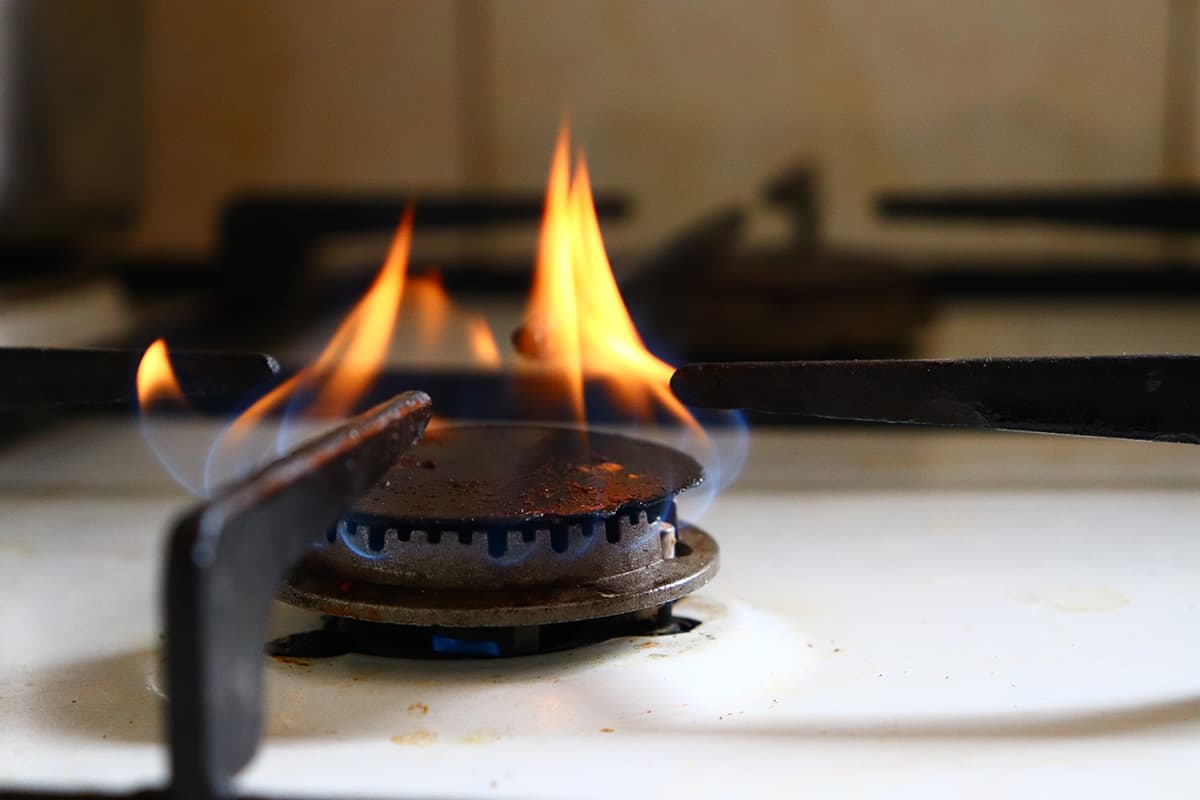

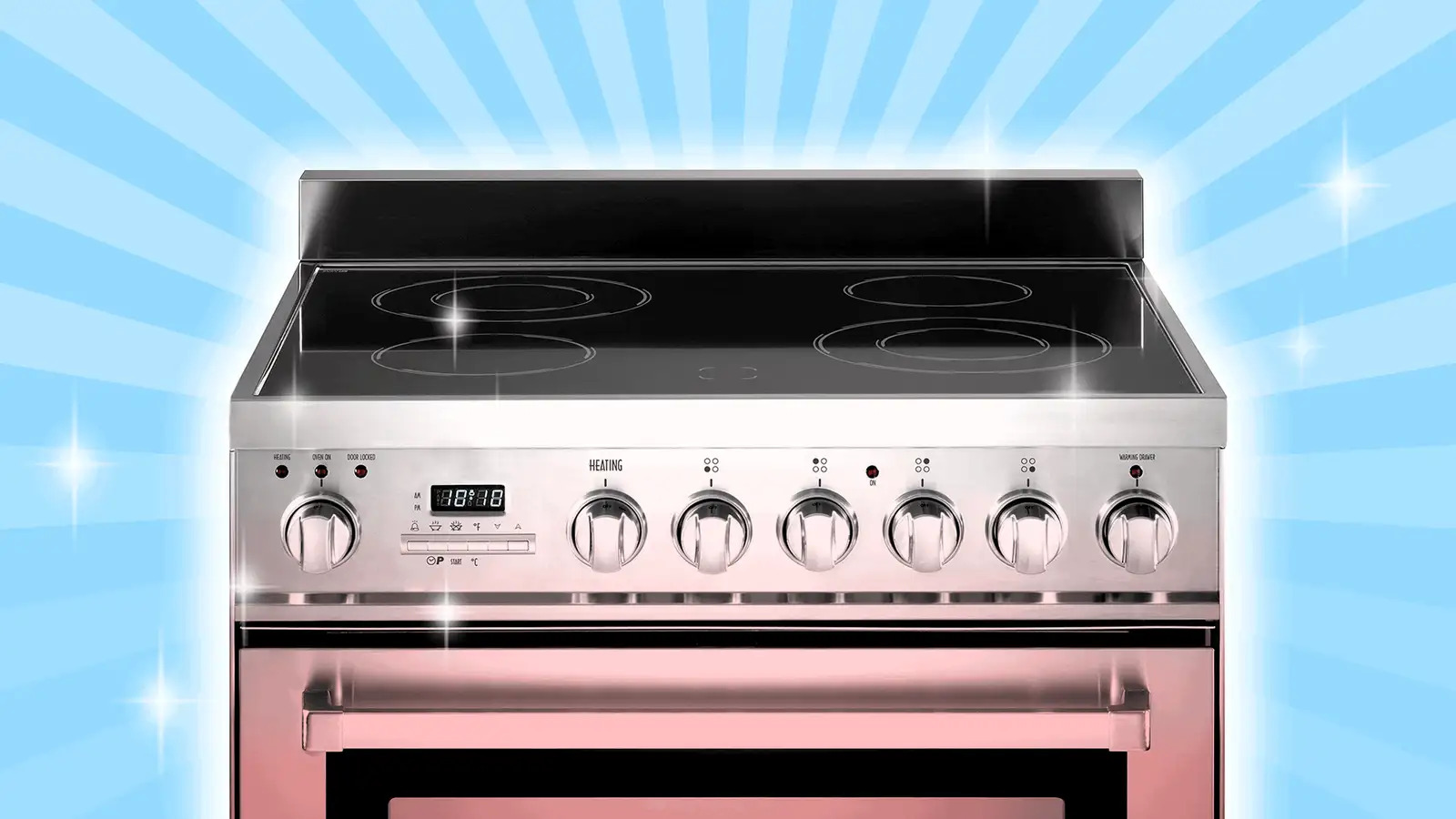
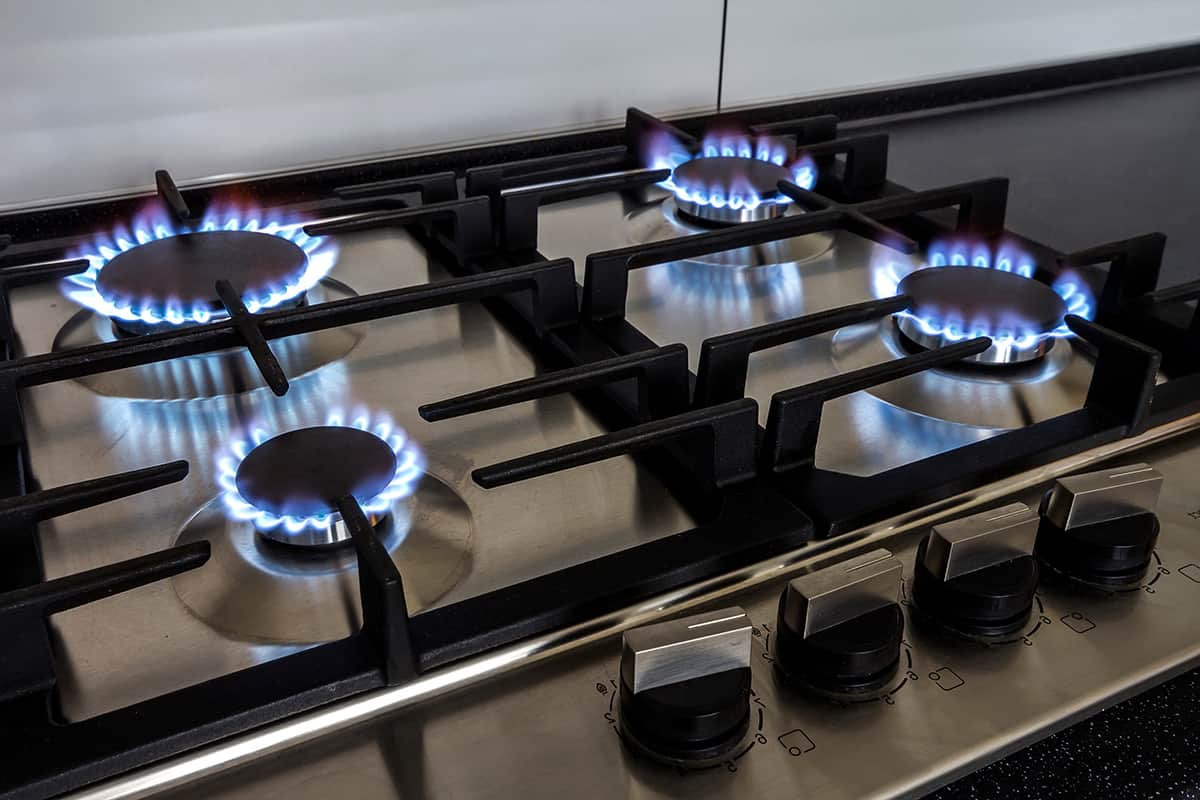

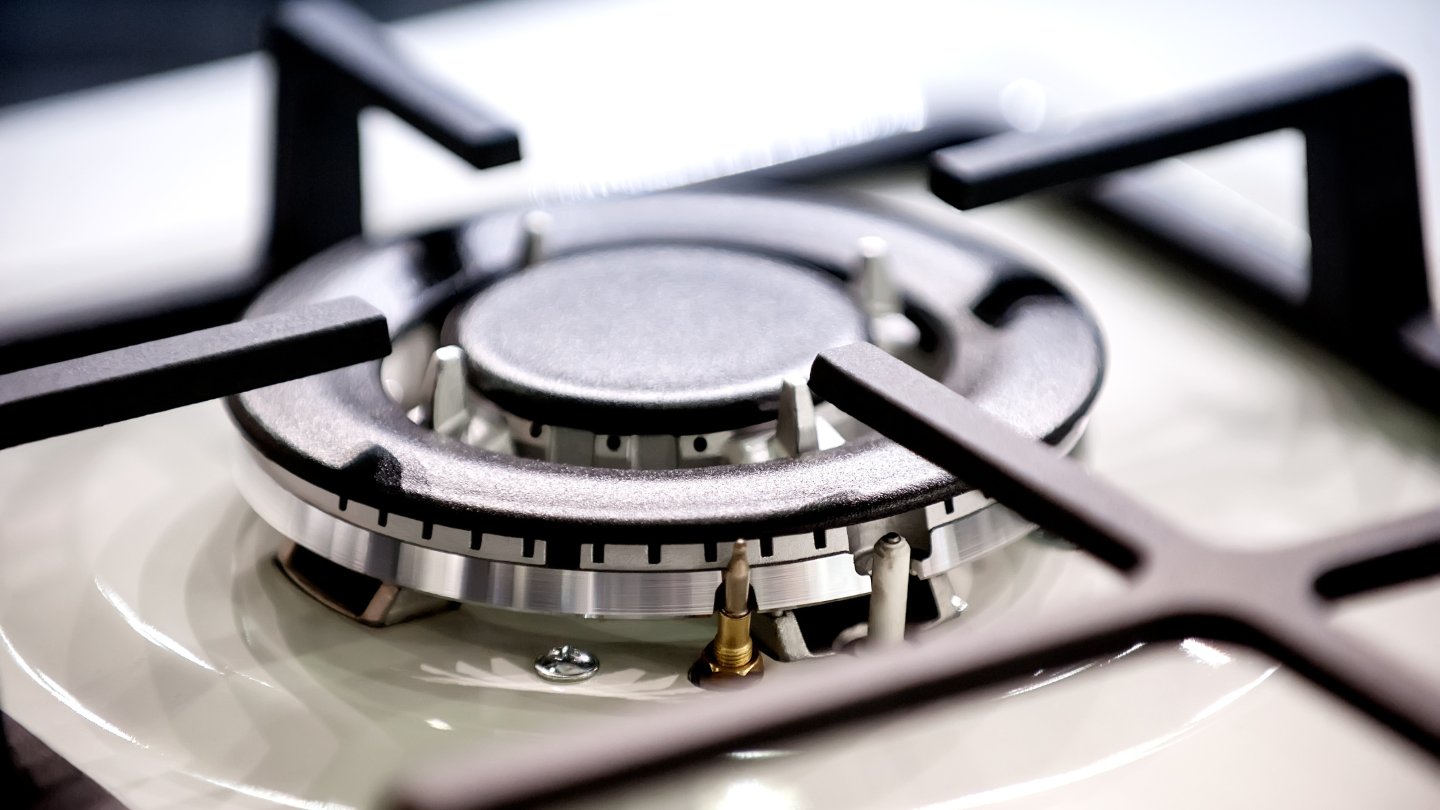
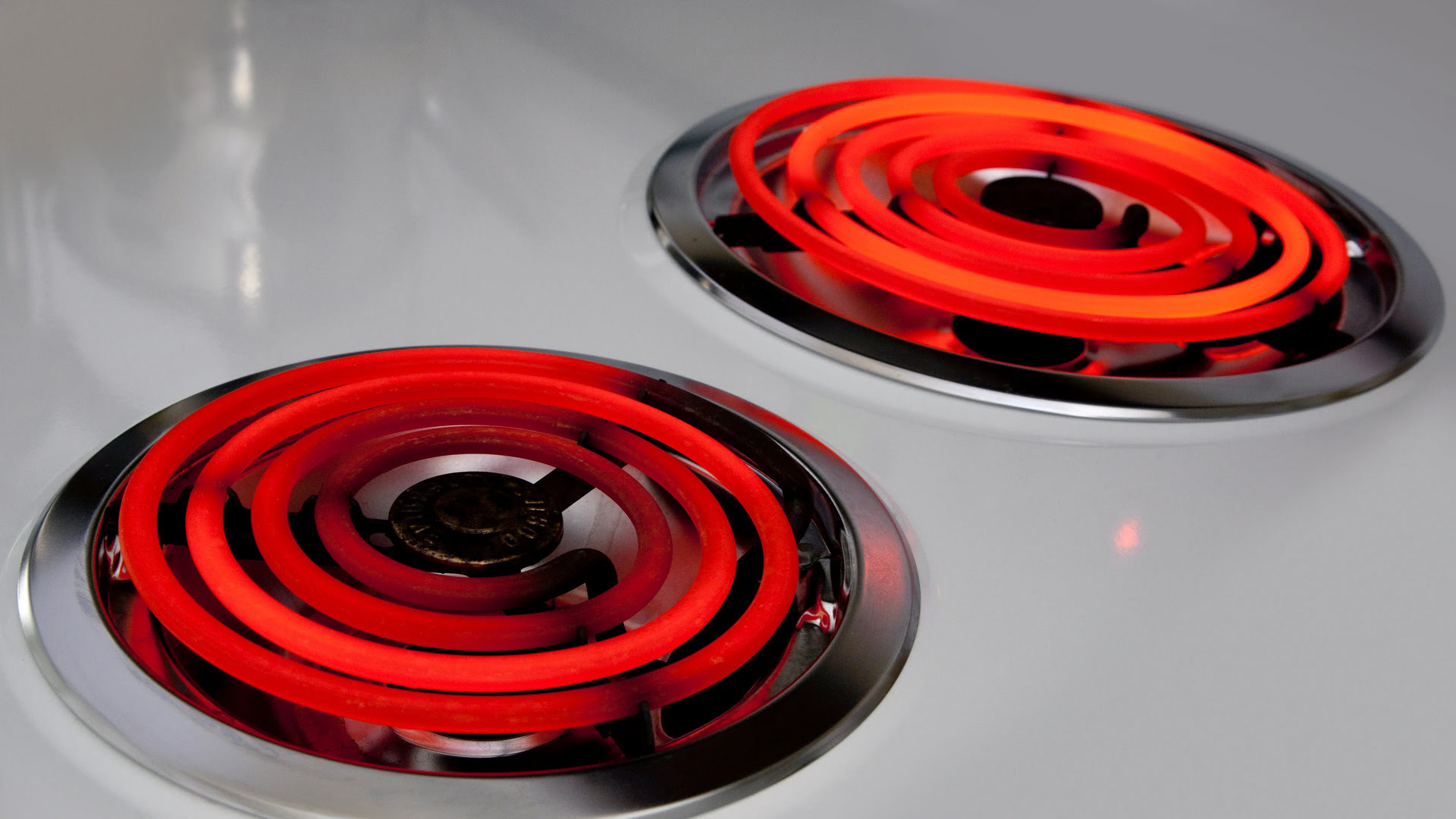
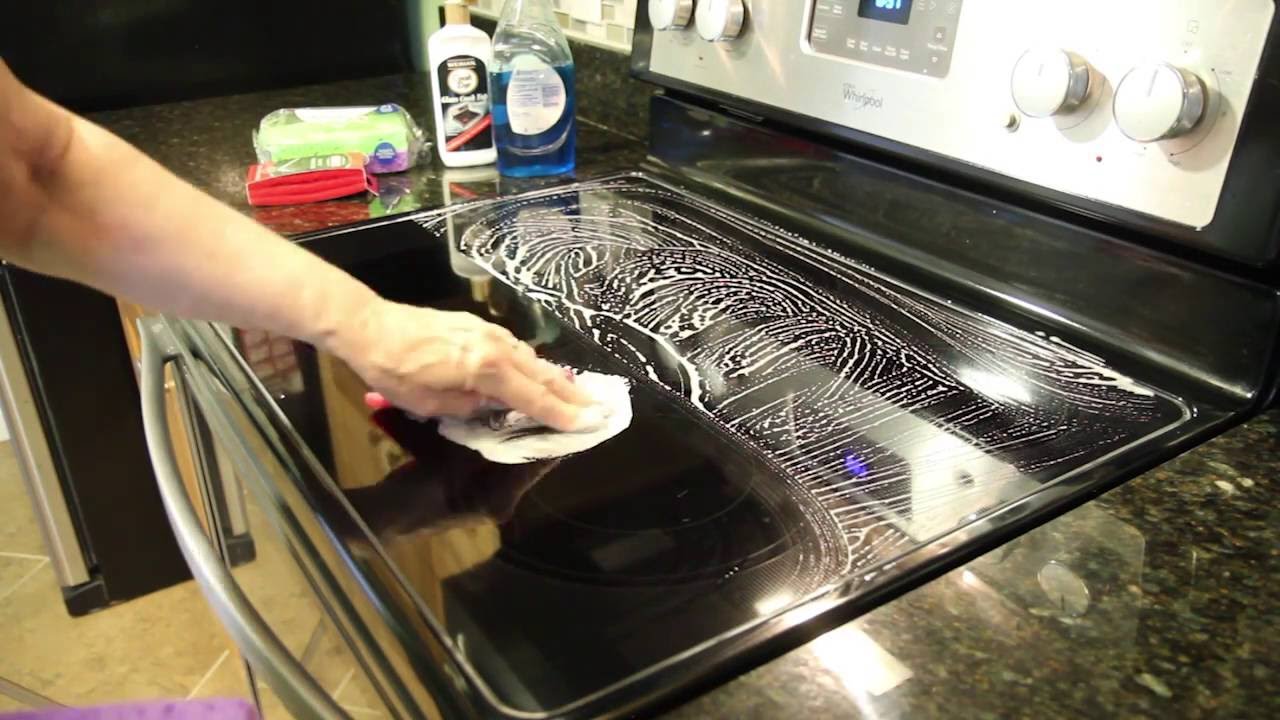
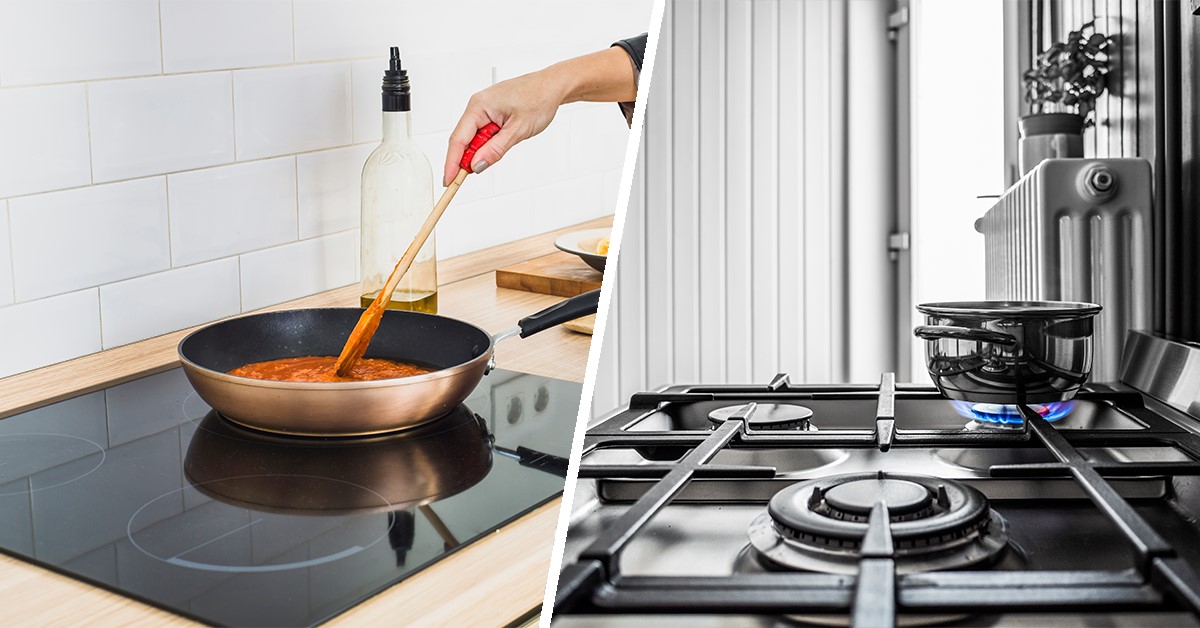
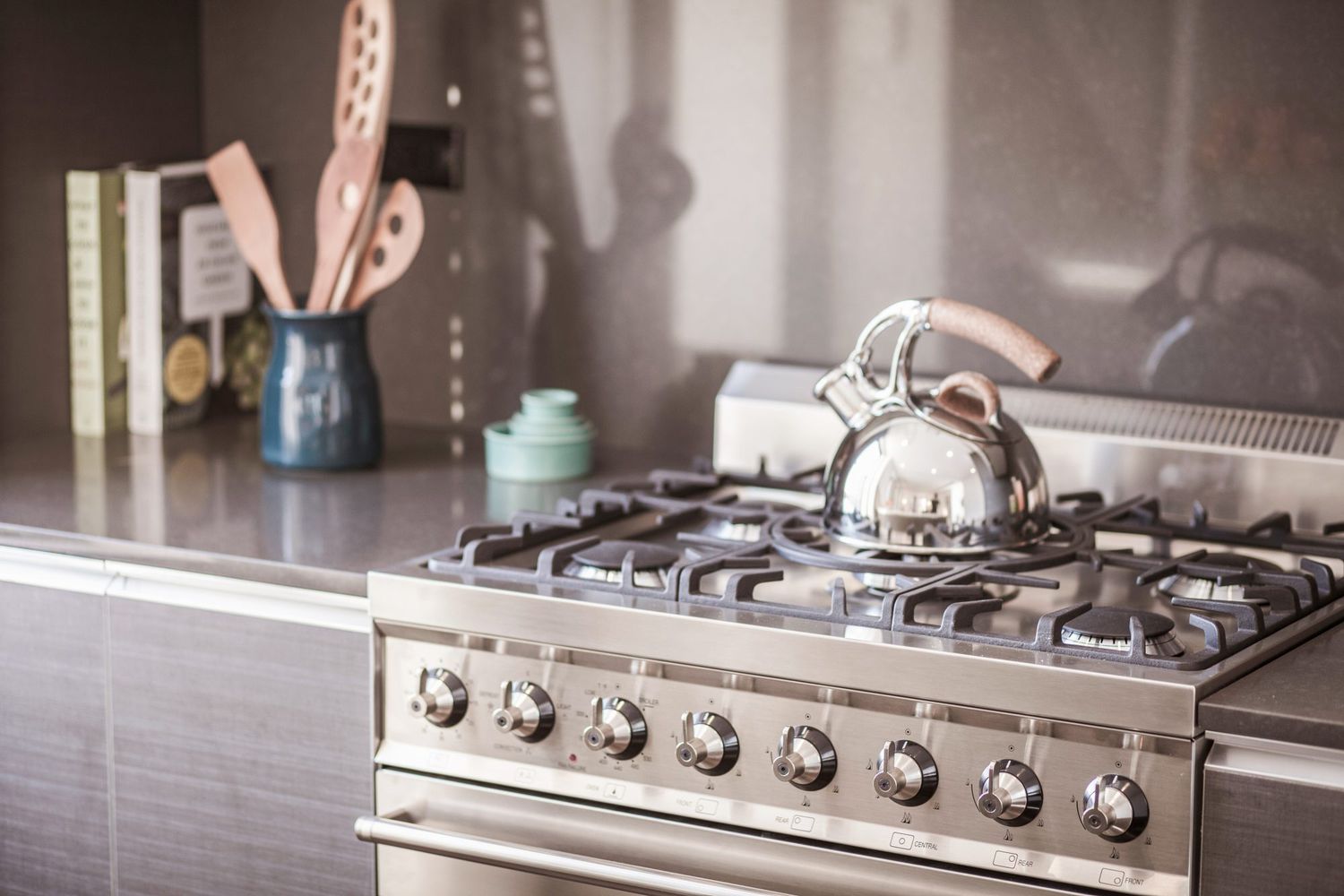

0 thoughts on “Why Do Flat Top Stove Burners Flash”